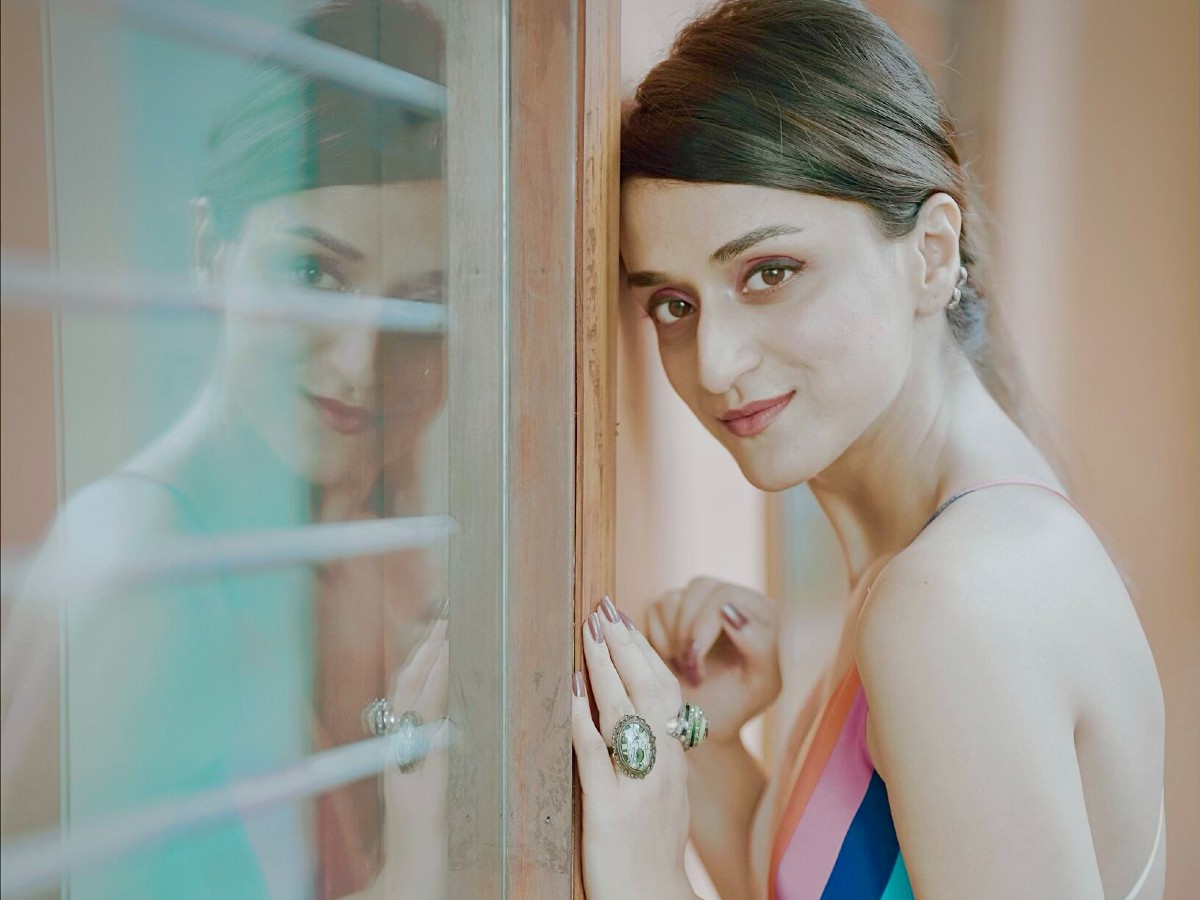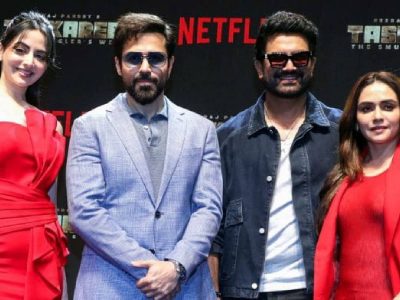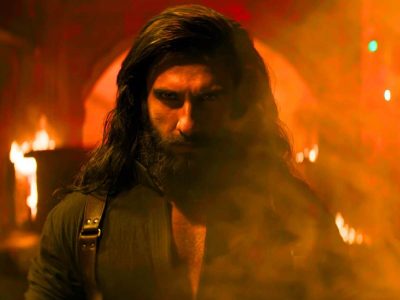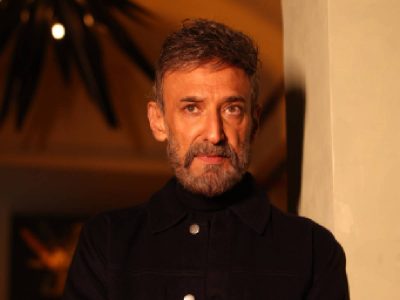Neha Karode is a singer-songwriter who is known for playback songs in films like Anek, Nikamma and Netflix’s popular series Mismatched Season 2. Apart from films, she has also worked for labels like T Series, Zee Music Company, Sa Re Ga Ma, Times Music, Tips, among others.
In addition to her work as a playback singer, Karode has also ventured into creating original music through her musical series ‘Bandish Based Originals’, available on YouTube. A trained Hindustani vocalist, Karode blends Hindustani classical music with western tunes and style in this series.
Karode was nominated for Best Film Song as composer and Best Singer in the PTC Punjabi Awards 2022. A film graduate, she started her career as a promo producer with Viacom18 while making documentaries on visual artists on the side. Her short films have been screened across India and her last film Ether Is All That Is was shown in New York in 2022.
Also read: The reticent Shah of films and stage
Her latest song Likhna Mitana was featured in Ali Abbas Zafar’s Bloody Daddy, starring Shahid Kapoor and Diana Penty in lead roles.
In an interview with Patriot, Karode speaks about her artistic journey and her work.
Q. So, how are you feeling about your latest song Likhna Mitana in Shahid Kapoor starrer Bloody Daddy? What is the response of the audience like?
A. I’m feeling over the moon since my song, Likhna Mitana, has come out. Shahid Kapoor is one of my favourite actors and Ali Abbas Zafar is among my favourite directors, so it felt great to have a solo song in their movie.
Bloody Daddy was an OTT release, so a lot of people ended up watching the movie within the first couple of days, which made the response to my song rather overwhelming.
I got so many kind messages from people I know and people who discovered me through the song. A couple of my friends saw the movie before they heard the album and told me they did not know who the singer was and googled it because the song sounded so good, only to be surprised by the fact that it was sung by me.
Q. You started your journey by singing covers and now you are singing originals for Bollywood movies. How different are these from one another in terms of creative process?
A. It’s actually not very different as a creative process. Both in making a cover and singing an original for a composer, I refer to the guide vocals and try to understand the mood and words and bring my own interpretation to the song.
The only difference is that in creating a cover, I can choose to sing it the way I want as per my vision and in playback work, the composer’s vision has to be followed.
The effort, however, from my end as a singer remains the same, which is to commit to the emotion of the song and bring something unique to the table.
Q. You have re-interpreted a lot of raga bandish of Hindustani classical music. What comes to my mind right now are Koyaliya Bole and Lat Uljhi. What were the reasons to do this? Could you also speak about the Indian classical and western fusion in this series?
A. I have studied Hindustani classical vocals since I was a kid. I even did a Visharad in it, so ragas are almost a part of my DNA now. I can’t function as a musician without using ragas in my creations. Taking the route of some kind of fusion is passage in pretty much every musician’s journey in songwriting.
I wanted to see how I could employ small influences of styles of music such as blues, hip-hop and Carnatic that were foreign to me and merge them with Hindustani classical music, which is organic to me. It was almost like an experiment to understand how I can create something beautiful and personal with the known and unknown.
I also enjoyed adding words that are relatable in a more contemporary context to the bandish. So far, I have done recreations in ragas yaman, bhimpalasi, bihag, hansdhwani, malkauns and darbaari and hope to do more soon.
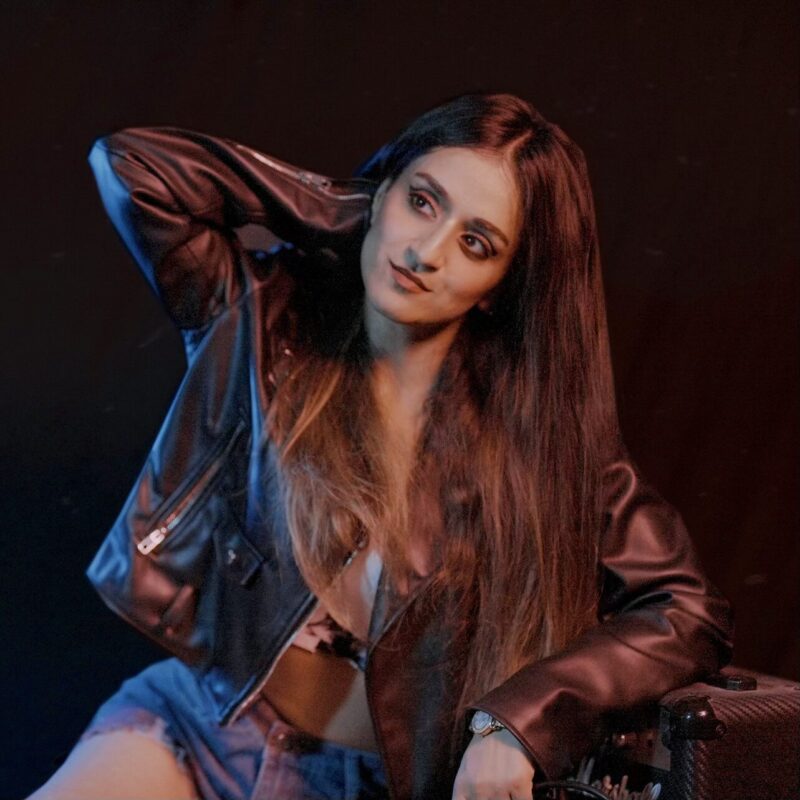
Q. You are also a songwriter. Does your training in singing help you with writing lyrics? Have there been instances where you wrote a song with a certain mood, and its interpretation turned out to be quite different when you sang it?
A. Being a singer really changes how one approaches song-writing. Phonetics play a huge role in how a song sounds. As a vocalist, I feel very aware of how the words I’m writing will sound in a particular tune and whether a line shall sound better ending with consonants or vowels or how many syllables are too many or too few. Amitabh Bhattacharya is one of my favourite film lyricists of the time. He has an incredible knack for merging poetry with music, some of which I’d like to attribute to the fact that he was a singer before he became a songwriter.
Since I write and compose my own stuff, I do usually have an idea about its mood and the approach required. The only thing that sometimes varies is that I might sing the whole song with a certain amount of power or dynamics and after listening to it, I may choose to redub some parts with a different degree of power or maybe add some more dynamics. When I’m singing for others though, it does happen that what comes out with my style of singing is a very different interpretation from what the music director was going for, which sometimes works and sometimes doesn’t.
Q. Apart from music, you have ventured into many other creative fields. You have made a documentary and you are also a filmmaker. How do you manage?
A. I don’t practice film-making full time. After I completed my masters in film-making, I took my documentary to a few festivals, but the switch to pursuing music professionally was inevitable as it was my lifelong dream.
I have, however, made a couple of short films on visual artists Himmat Shah and GR Iranna since then. Both films have been screened at various exhibits, camps and art fairs.
I’m actually quite glad that my filmmaking background isn’t getting wasted because I also end up directing and editing all my music videos and making decent looking reels [for social media] — which currently is a requirement in my field.
Q. Can you elaborate how making reels is a requirement in your field?
A. Recognition on social media is at par with having a hit song these days. There are many artists who have sung huge songs but don’t get as much recognition or work because they are inactive on social media. Similarly, there are so many people who have made random reels of themselves singing at home and had it blow up and translate it into well-paid work. Reels have made it easier for talent to rise without the constraints of being in a metropolitan city or certain circles of influence. So, every artist from small to big has to keep the reels flowing to stay in touch with audiences and catch new listeners as generations and tastes are shifting very fast.
Q. Your mother, curator Roobina Karode, is a popular name in the world of visual art. How much does she contribute to your creativity as a singer-songwriter?
A. Her contribution to my learning and interpreting of art has been immense as I used to attend her lectures on art appreciation and history since I was a kid. Just to have that kind of exposure from a young age does influence what and how you create your own art. I constantly run my lyrics by her and take her suggestions, but her biggest contribution remains at a more subconscious level.
Q. Have you also practiced visual art yourself?
A. Not really, I had a phase where I was creating visual art using my photographs, but I didn’t pursue it. I may revisit the idea though, as I don’t like being stuck doing just one thing. My life as a musician remains balanced as I consciously choose to don many hats like composer, writer and editor along with being a singer. Coming back to visual art and trying my hand at it again in a few years might actually be fun and also help me grow as a musician.

